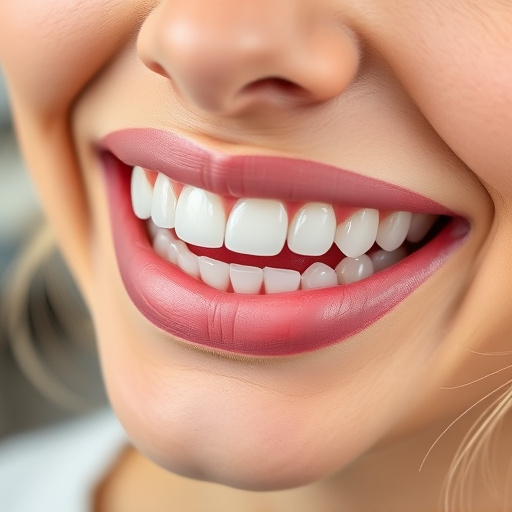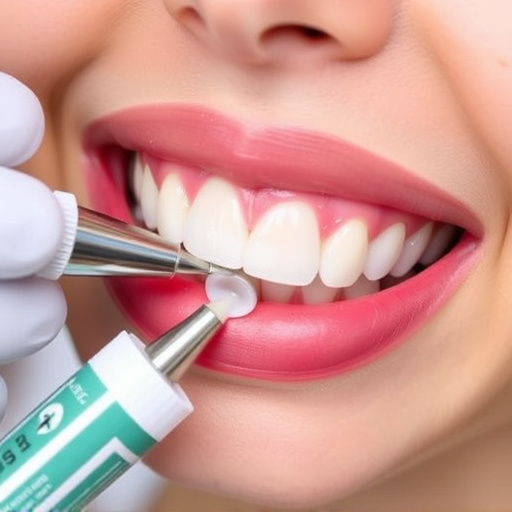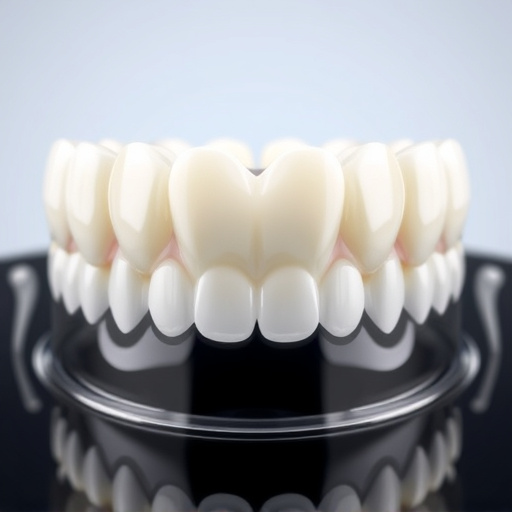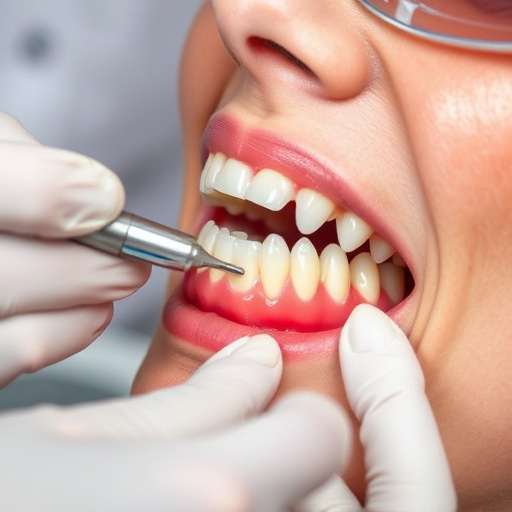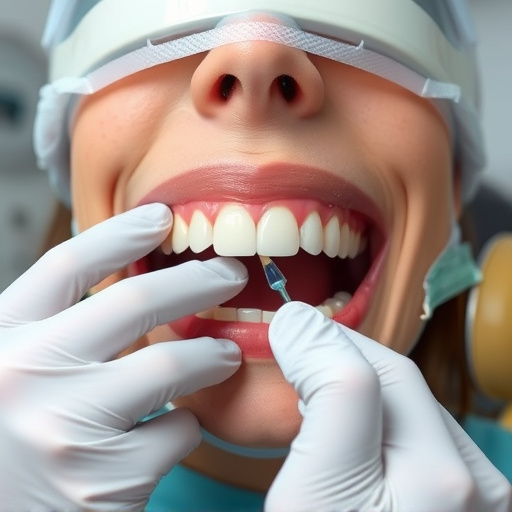Creating inclusive dental spaces involves thoughtful design with wide entrances, wheelchair access, low counters, and adjustable chairs to accommodate all patients, including those with mobility challenges. Natural lighting, soft colors, and calming decor reduce anxiety. Advanced infection control protocols, specialized tools, and cosmetic dentistry services ensure comprehensive handicap accessible dental care. A patient-centered approach includes educating and empowering patients through clear information, fostering collaboration for informed decisions about oral health and treatment options.
In today’s inclusive society, ensuring everyone has access to quality dental care is paramount. This article explores the concept of handicap accessible dental care with a patient-centered focus. We delve into designing inclusive dental spaces, implementing safety measures for patient comfort, and educating patients to foster a holistic approach. By integrating architectural considerations, focusing on safety, and empowering patients, we revolutionize dental care, making it accessible to all.
- Designing Inclusive Dental Spaces: Architectural Considerations
- Patient Comfort and Safety Measures in Handicap Accessible Dental Care
- Educating and Empowering Patients: A Holistic Approach to Accessibility
Designing Inclusive Dental Spaces: Architectural Considerations

Creating inclusive dental spaces involves thoughtful architectural considerations to ensure every patient feels welcome and comfortable. This includes designing wide entrances and corridors that accommodate wheelchairs, low-height counters for easy access, and adjustable chairs to cater to patients with various mobility needs. Incorporating these features not only facilitates accessibility but also enhances overall patient experience.
Additionally, natural lighting and calming aesthetics can significantly impact the ambiance. Large windows, soft colors, and soothing decor create a tranquil environment, reducing anxiety often associated with dental procedures. For instance, when considering wisdom tooth removal or teeth cleaning, a relaxing setting can make patients feel more at ease. Similarly, during tooth extractions, an inclusive space designed with accessibility in mind ensures patients receive care without added stress or discomfort.
Patient Comfort and Safety Measures in Handicap Accessible Dental Care

In providing handicap accessible dental care, ensuring patient comfort and safety is paramount. Dental offices designed for accessibility incorporate various features to cater to patients with diverse needs, from wheelchair ramps and wide entryways to specialized equipment for examination and treatment. These adaptations not only facilitate easy access but also create a calming environment, reducing anxiety often associated with dental visits.
Safety measures include advanced infection control protocols, adjustable chairs, and tools tailored for different physical capabilities. For instance, patients undergoing procedures like dental bonding or wisdom tooth removal can be comfortably positioned, ensuring their safety and comfort throughout the process. Additionally, cosmetic dentistry services, which focus on enhancing a patient’s smile, can also be made accessible, promoting not just oral health but also boosting confidence and overall well-being.
Educating and Empowering Patients: A Holistic Approach to Accessibility

In the pursuit of providing handicap accessible dental care, a patient-centered approach involves not just ensuring physical accessibility but also educating and empowering patients. This holistic strategy recognizes that understanding one’s oral health and treatment options is crucial for making informed decisions. By offering clear, concise information tailored to individual needs, dental professionals can help patients feel more at ease and in control. This approach fosters a sense of empowerment, enabling them to actively participate in their dental care journey.
Educating patients extends beyond general oral hygiene practices. It includes explaining various treatment modalities, such as restorative dentistry procedures or the need for emergency dental care, in ways that are easy to understand. This ensures that every patient, regardless of their physical abilities, can grasp the implications of their dental health and make choices that align with their values and goals. Comprehensive dental care, thus, becomes a collaborative effort where patients are not just recipients of treatment but active partners in maintaining their oral well-being.
Handicapped accessible dental care, with a patient-centered focus, transforms traditional oral health services. By integrating architectural considerations for inclusive spaces, implementing safety measures for comfort and security, and empowering patients through education, we create an environment where every individual can receive personalized care. This holistic approach ensures that no one is left behind in achieving optimal oral health, making handicap accessible dental care a cornerstone of inclusive healthcare systems.






